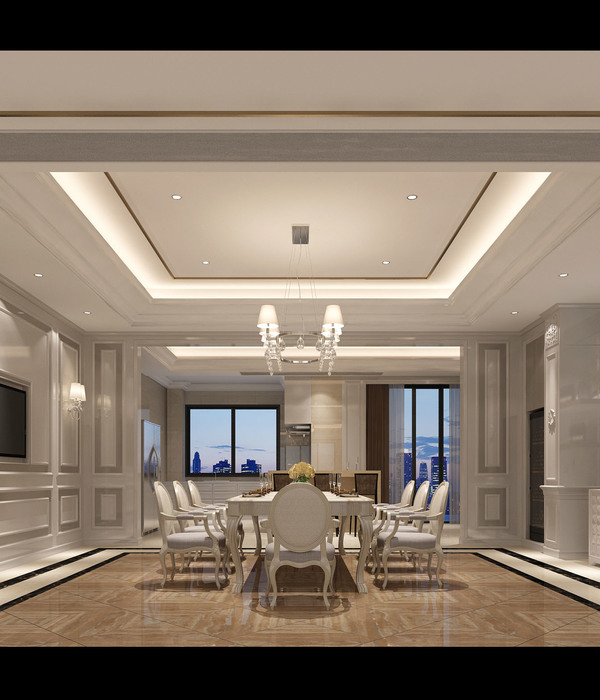Firm: Ballman Khapalova
Type: Cultural › Gallery Government + Health › Community Center Residential › Private House
STATUS: Under Construction
:
SIZE: 3000 sqft - 5000 sqft
BUDGET: Undisclosed
The Waltemath Foundation is a non-profit foundation in Hooper, Nebraska for the abstract painter Joan Waltemath. Based in New York but born and raised in Nebraska, the artist bought the abandoned building on the corner of Main Street to have a place to paint— the ceilings were tall enough to fit the 14ft paintings she was developing at the time. The project quickly evolved into a place to not only work, but to show art, engage with the local community, contribute to the longevity of the small agricultural town, as well as becoming a kind of pilgrimage site for the extended art community.
The project takes the form of six programmatic clusters — stage/display, utility, cooking, resting, cleansing/changing, storage — and the spaces that are formed between them (gallery, gathering, working). Each cluster is conceived of both as an independent structure and as a portion of a larger field. The entire building can function as a gallery and public space, with the most private function of sleeping contained to a single small volume on the second floor.
Conceptually, there are two points of origin: the surrounding agricultural landscape of the Jeffersonian grid, and a grid internal to the building that results from the relationship between window openings and columns. Through a process that overlays and interweaves these two conceptual pieces, the intent was to tie the building to the land through architectural language and spatial distribution, dealing primarily with the variations and permutations that occur as an ideal grid meets real conditions of nature, program, and material.
The drawings in this folio are a record of the design process that sought to position the project within and connect it to the surrounding landscape. The initial drawings are site drawings, locating the project within the landscape and analyzing the characteristics of the land across scales. Next, the cluster drawings show the relationship between the formal language and spatial organization of the individual spaces to the agricultural fields in two- and three-dimensions. The overall floor plan drawings show how the clusters are arranged and tied to the building’s internal grid, as well as the spatial relationships between clusters. The elevation and section drawings show the result of the same process in the vertical dimension. Finally, the models present the individual clusters in full three-dimensions.
Though not explicitly intended, the drawings have a clear resonance with Joan Waltemath’s harmonic progression paintings. As such, we hope to help tie her work to the building, and through the building to the land.
{{item.text_origin}}












